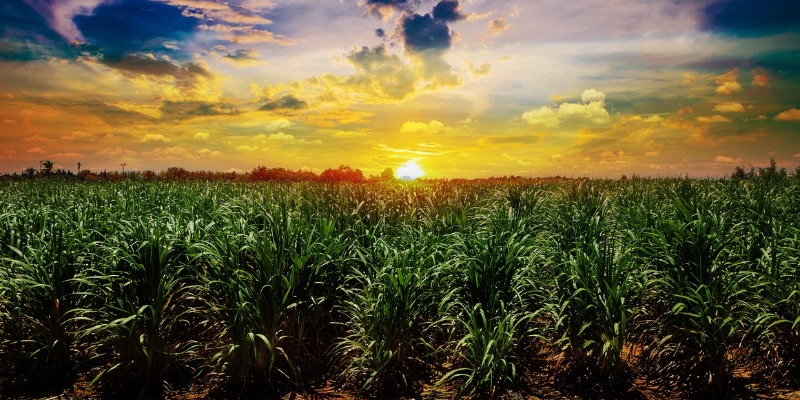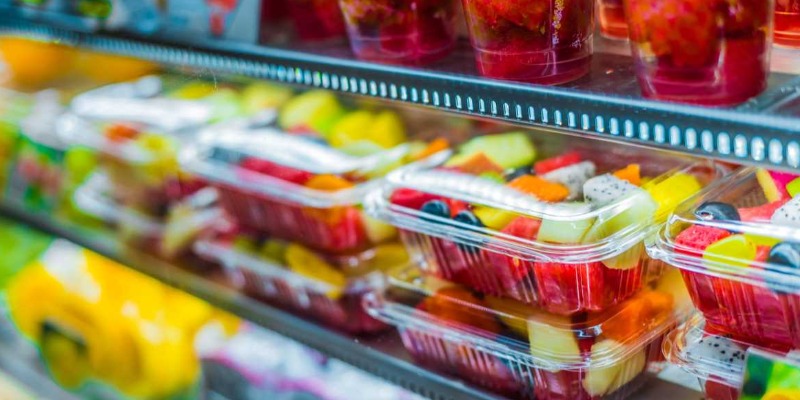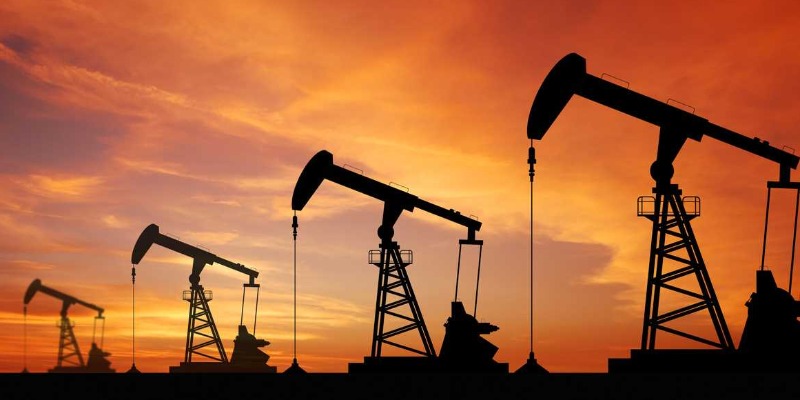- Characteristics and Production of Recycled EPDM
- Applications of the Recycled EPDM Sheet
- Recycling and Future Life of Recycled EPDM
Analysis on Production, Use, and Recycling Strategies in the Sector of Waterproof Sheets and Barriers
By Marco Arezio
This article explores the lifecycle of recycled EPDM (Ethylene Propylene Diene Monomer) sheeting, highlighting the production processes, main applications, and strategies for its further recycling. The goal is to assess the environmental impact of the material and its potential within the context of the circular economy.
Characteristics and Production of Recycled EPDM
Ethylene Propylene Diene Monomer (EPDM) is a thermoplastic elastomer widely used across various industrial sectors due to its remarkable properties of resistance to aging, weather conditions, UV, and numerous chemicals. This polymer is distinguished by its versatility and durability, making it ideal for outdoor applications, particularly in extreme environmental conditions.
Composition and Properties of EPDM
The EPDM polymer is a terpolymer of ethylene, propylene, and a diene that allows for vulcanization with sulfur. The unique molecular structure of EPDM grants it excellent physical properties, including significant resistance to thermal variations, maintaining its flexibility at very low temperatures, and effectively resisting heat and steam. Such properties make EPDM particularly effective for applications such as seals, insulation, roofing sheets, and waterproof membranes.
EPDM Recycling Processes
Despite EPDM's longevity, at the end of its lifecycle, it can be transformed and recycled through various processes aimed at reducing environmental impact and promoting sustainable resource use.
Mechanical recycling: This is the most common method for recycling EPDM. The material is collected, cleaned, and shredded into granules or powders. These can be reused to produce new rubber items, including other EPDM sheets, floor tiles, or as aggregate in construction applications. The mechanical process is preferred for its simplicity and relatively low cost, but it can involve some loss of mechanical properties in the recycled material.
Chemical recycling: Although more expensive and technologically advanced, chemical recycling offers the advantage of recovering pure monomers that can be reintegrated into the production of new polymers. This process involves using solvents or chemical catalysts to break the polymer bonds of EPDM, transforming it into simpler materials that can be easily regenerated.
Energy recovery: In some circumstances, when material recycling is not feasible, EPDM can be used as fuel for energy production. The combustion of EPDM produces a significant amount of energy, but this practice is less favorable from an environmental standpoint and is generally considered as a last option.
Production of Recycled EPDM Sheets
The production process of recycled EPDM sheets begins with the selection and preparation of recycled material, which is cleaned to remove contaminants and then shredded. The material is then mixed with a certain amount of virgin EPDM and various additives, such as antioxidants and vulcanizing agents, to ensure that the final sheet possesses the required qualities.
The obtained compound is subsequently processed through calenders to form sheets. These are then vulcanized, a process in which the material is heated in the presence of sulfur to form cross-links that enhance the elastic and mechanical properties of the final product.
The production of recycled EPDM sheets not only helps reduce waste and the use of virgin resources but also represents an excellent opportunity to promote more sustainable industrial practices.
By adopting responsible recycling and production processes, it is possible to achieve a significant positive environmental impact, reducing the carbon footprint and promoting the circular economy in the synthetic materials sector.
Applications of Recycled EPDM Sheets
Thanks to its durability and resistance to weather conditions, recycled EPDM sheeting finds numerous applications across various industrial sectors, contributing to more sustainable resource management. This chapter explores the main industrial applications of recycled EPDM sheeting, highlighting specific advantages and presenting some significant case studies.
Applications in Building and Civil Engineering
Building: In the building sector, recycled EPDM sheeting is widely used for its excellent waterproofing properties. It is employed as a membrane for flat or slightly sloped roofs, offering a durable and UV-resistant solution. Additionally, it is used as a root barrier in roof gardens and as lining for artificial ponds and swimming pools, ensuring insulation and protection against leaks.
Civil Engineering: Recycled EPDM is also used in civil engineering projects, such as in the construction of erosion control barriers and in lining channels and water reservoirs. Its mechanical properties ensure durability and resistance, essential in applications that require longevity and minimal maintenance.
Specific Advantages
The use of recycled EPDM brings numerous benefits, both economic and environmental:
Sustainability: Using recycled EPDM reduces the amount of waste destined for landfills and dependence on non-renewable resources. This not only helps conserve natural resources but also reduces greenhouse gas emissions during the production of new materials.
Cost-effectiveness: Recycling EPDM can significantly reduce production costs. Recycled materials are generally less expensive compared to their virgin counterparts, making the final product more accessible and competitive in the market.
Performance: Despite being recycled, EPDM sheeting maintains excellent physical and mechanical properties, making it suitable for applications that require resistance and durability. This ensures that the use of recycled materials does not compromise the quality or effectiveness of the final product.
Recycling and Future Life of Recycled EPDM
The lifecycle of recycled EPDM does not end with its first or second application; opportunities for further recycling or other forms of reuse continue to expand the potential of this versatile material. This chapter explores end-of-life options for recycled EPDM, examines barriers to recycling, and discusses future prospects that may influence its sustainable use.
End-of-Life Options for EPDM Sheets
Re-recycling: Recycled EPDM can undergo repeated recycling processes, maintaining acceptable quality for various applications. However, each recycling cycle can potentially degrade some of the material's physical properties, which may limit the end use of recycled products. Innovations in material treatment and preparation can extend the useful life of recycled EPDM, allowing greater reintroduction into the production cycle.
Upcycling: Transforming used EPDM into higher-value products is an intriguing option. For example, recycled EPDM can be transformed into high-quality composites for applications in technologically advanced sectors, such as components for electric vehicles or smart infrastructure, where its insulation and durability properties are particularly valuable.
Downcycling: In many cases, recycled EPDM is used to produce materials that require less performance compared to the original application, such as sub-bases for paving or filler materials for construction. This allows the exploitation of materials otherwise destined for disposal, even if it does not fully capitalize on the polymer's potential.
Barriers to Recycling EPDM Sheets
Recycling of recycled EPDM faces several issues, which can vary from technical aspects to economic and regulatory challenges:
Technology: Recycling processes for EPDM can be complex and costly, especially chemical recycling, which requires significant investments in research and development to improve efficiency and reduce costs.
Economy: The collection and treatment of post-consumer EPDM can be economically disadvantageous without adequate incentives. The variability of oil prices can also influence the competitiveness of recycled EPDM compared to virgin material.
Regulations: Environmental laws and policies can either facilitate or hinder EPDM recycling. Regulations that impose strict standards for recycled materials can limit the use of recycled EPDM in certain applications, while incentives for sustainable production practices can promote its use.
Future Prospects for EPDM Sheet Recycling
Current trends and future innovations play a crucial role in determining the role of recycled EPDM in the circular economy:
Technological Innovation: Developments in chemical recycling methods could improve the efficiency of the process and the quality of the recycled material, making recycled EPDM more competitive. Research into more effective catalysts and less energy-intensive processes is essential.
Market Trends: With growing environmental awareness and a push toward sustainability, the demand for recycled materials is set to increase. This could encourage further investments in recycling technologies and increase the production scale for recycled EPDM.
Environmental Policies: Government policies that mandate the use of recycled materials and offer financial incentives for recycling can push industries to adopt more sustainable practices.
In conclusion, recycled EPDM has significant potential to contribute to a more circular and sustainable economy. Overcoming technical and economic challenges and exploiting emerging opportunities will be crucial for its future use and broader acceptance in the global industrial landscape.



